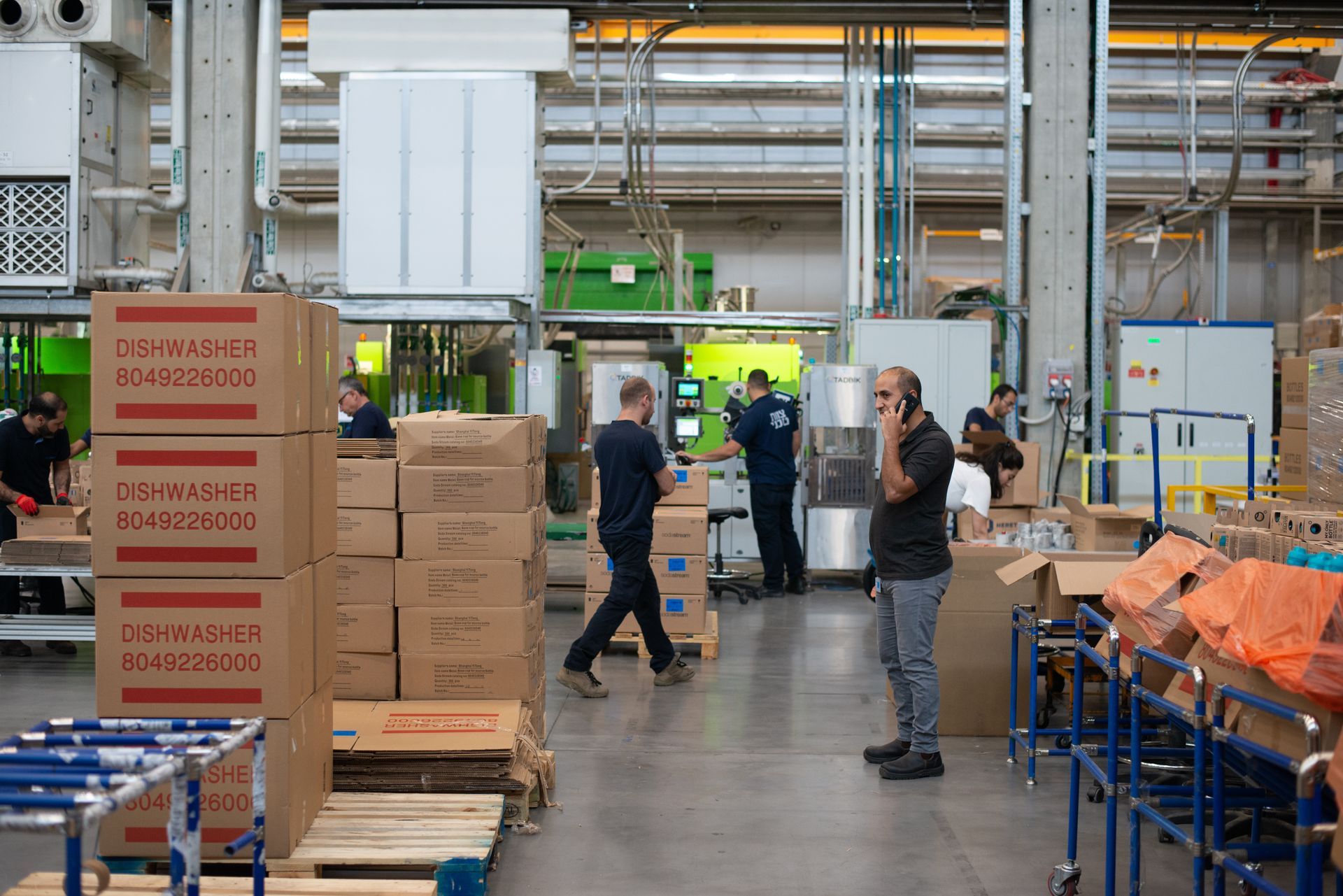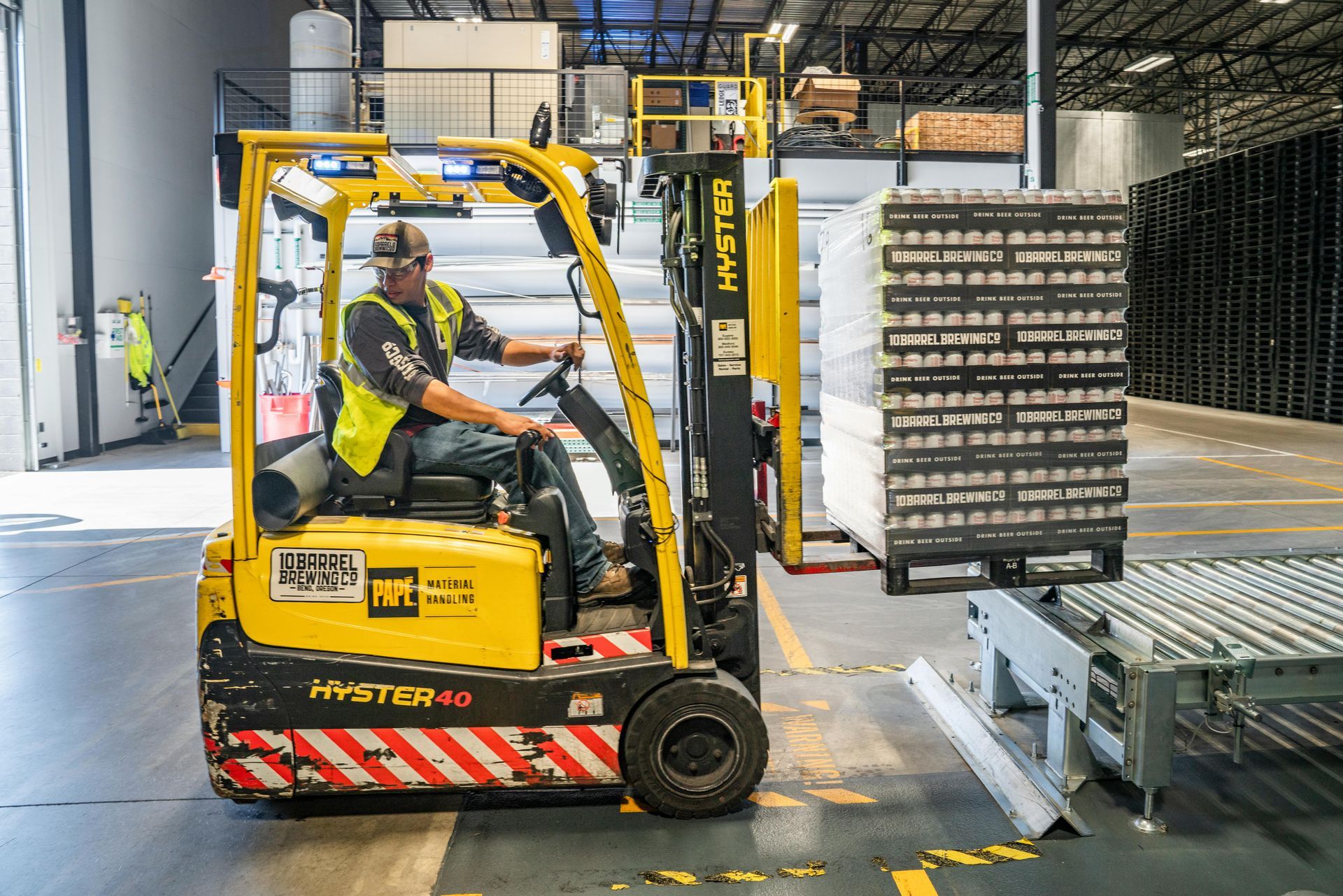How to Balance Automation Technologies and Human Workforce for Maximum Efficiency
The warehouse sector has experienced a rapid shift in recent years, driven by technological advancements, evolving consumer demands, and increased competition. As a result, the integration of automation technologies is becoming essential in warehouse operations, offering the potential to streamline processes, enhance efficiency, and reshape the landscape of warehouse staffing. However, achieving the optimal balance between automation technologies and human workforce is crucial for organizations seeking to maximize efficiency, while preserving essential human skills and expertise in decision-making, problem-solving, and customer service.
In this blog article, we will explore the role of automation in the warehouse sector, discussing various automation technologies and their potential impact on the workforce. We will provide insights into strategies for striking the perfect balance between automation and human workforce to foster maximum efficiency, productivity, and operational success. Our goal is to offer guidance for warehouse managers, HR professionals, and decision-makers on adopting and integrating automation technologies, while maintaining a strong focus on optimizing the human workforce for continuous growth and adaptability in an ever-evolving industry.
As the warehouse staffing sector continues to evolve, organizations must navigate the complexities of automation and its interplay with the human workforce. By embracing automation technologies and carefully balancing them with human expertise, your organization can unlock new levels of efficiency, innovation, and competitive advantage, laying the foundation for a successful and sustainable future in the dynamic warehouse sector.
Understanding the Role of Automation in Warehouse Operations
To effectively balance automation and human workforce, organizations must first understand the various types of automation technologies and their applications in warehouse operations:
1. Robotics and Automated Guided Vehicles (AGVs): Robotics and AGVs are increasingly being utilized for repetitive tasks such as material handling, palletizing, and order picking, significantly improving process efficiency and reducing manual labor.
2. Warehouse Management Systems (WMS): WMS software streamlines warehouse processes through advanced inventory management, order tracking, and analytics capabilities, enhancing visibility, efficiency, and decision-making.
3. Internet of Things (IoT) and Artificial Intelligence (AI): IoT devices and AI-driven solutions offer real-time data collection, monitoring, and predictive analytics, enabling organizations to optimize processes, forecast demand, and reduce operational costs.
Balancing Automation and Human Workforce: Strategies for Success
To optimize efficiency and productivity, warehouse operators must successfully integrate automation technologies while maintaining a healthy balance with the human workforce. Consider these strategies:
1. Determine the Scope of Automation: Assess your organization's warehouse processes, identifying areas where automation can drive the most significant benefits while preserving human skills for tasks that require critical thinking, problem-solving, and interpersonal communication.
2. Invest in Employee Training and Development: Emphasize employee training in new technologies, process improvements, and skills development, fostering a versatile workforce capable of adapting to technological changes.
3. Promote Collaboration Between Automation and Human Workforce: Encourage synergistic collaboration between automated systems and human employees, capitalizing on the strengths of both to achieve maximum efficiency and productivity.
4. Continuously Monitor Performance and Adjust Strategy: Regularly evaluate the performance of both automation technologies and employees, adjusting strategies as needed to adapt to changing industry trends and workforce demands.
The Human Touch: Strengthening Employee Engagement in an Automated Environment
Ensure that human workforce optimization remains a strategic focus, even as automation technologies become more prevalent:
1. Emphasize Employee Empowerment: Encourage employees to take ownership of their roles, make informed decisions, and actively contribute to process improvements and innovation.
2. Offer Opportunities for Growth and Advancement: Provide training and development programs that empower employees to acquire new skills, advance their careers, and grow within the organization.
3. Foster a Supportive Work Culture: Cultivate an inclusive and supportive work culture that values open communication, employee input, and collaboration – emphasizing the importance of the human contribution to organizational success.
Anticipating Future Trends in Warehouse Staffing
To maintain a strong competitive edge in the warehouse sector, organizations must anticipate and adapt to emerging trends and challenges:
1. Rapid Technological Advances: New automation technologies will continue to emerge, offering potential benefits and applications in warehouse operations. Stay abreast of industry developments, identifying opportunities for strategic integration.
2. Evolving Workforce Demographics: Workforce demographics will shift due to factors such as retirement, generational differences, and global events. Be prepared to adjust workforce strategies accordingly and invest in initiatives such as flexible work arrangements, diversity and inclusion, and talent acquisition.
3. Sustainability and Corporate Responsibility: Focus on enhancing organizational sustainability, embracing practices that reduce waste, conserve energy, and align with corporate social responsibility objectives.
Conclusion:
As the warehouse staffing sector evolves, organizations must navigate the complexities of balancing automation technologies with human workforce optimization. By embracing automation technologies and carefully integrating them alongside human expertise, your organization can unlock new levels of efficiency, innovation, and competitive advantage, setting the stage for a successful and sustainable future in the ever-changing warehouse sector.
Your organization can achieve enduring success in the warehouse staffing sector by promoting collaboration between automation and human workforce, and prioritizing employee development, engagement, and adaptability. This approach will enable your organization to evolve, innovate, and thrive in a dynamic and competitive environment. By optimizing the balance between automation technologies and the human workforce, you can chart a path towards sustained success. That’s what Front Line All Temps is here for. We offer
specialized staffing solutions for the automotive and warehouse industries to assist you in achieving your goals.










